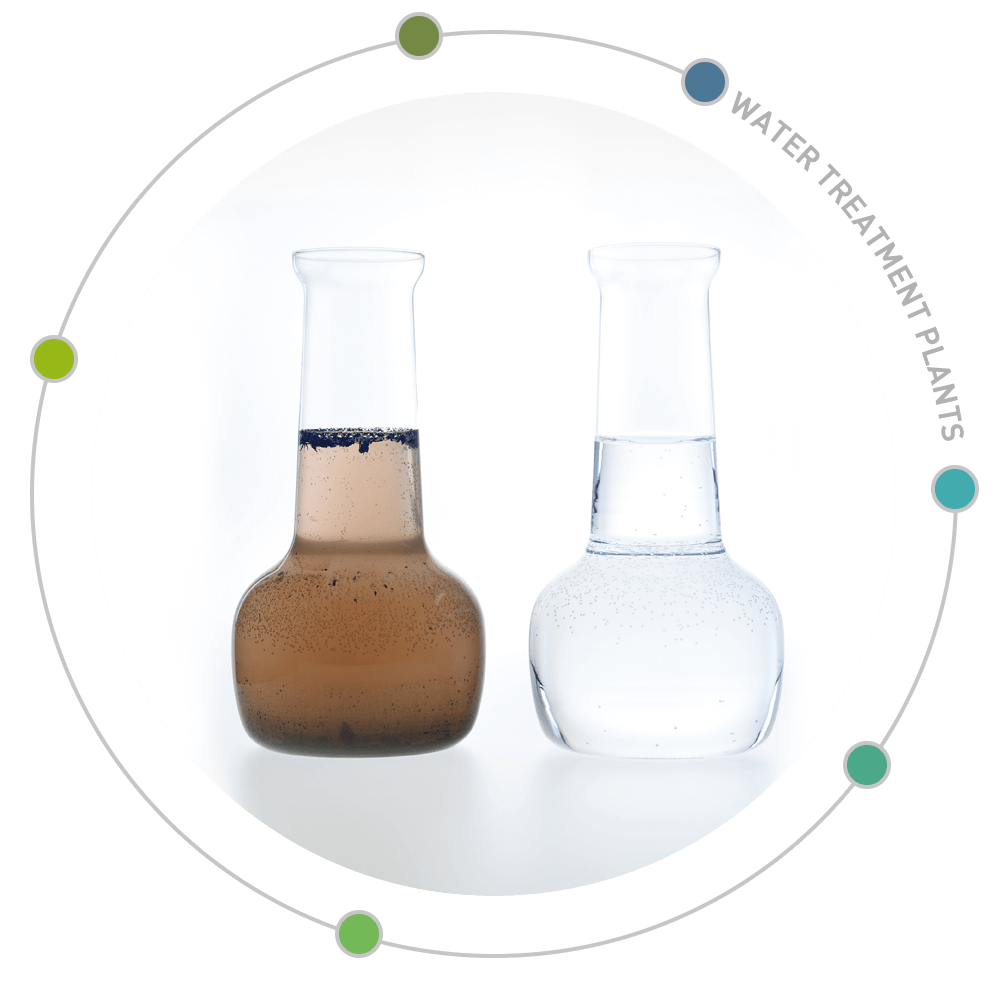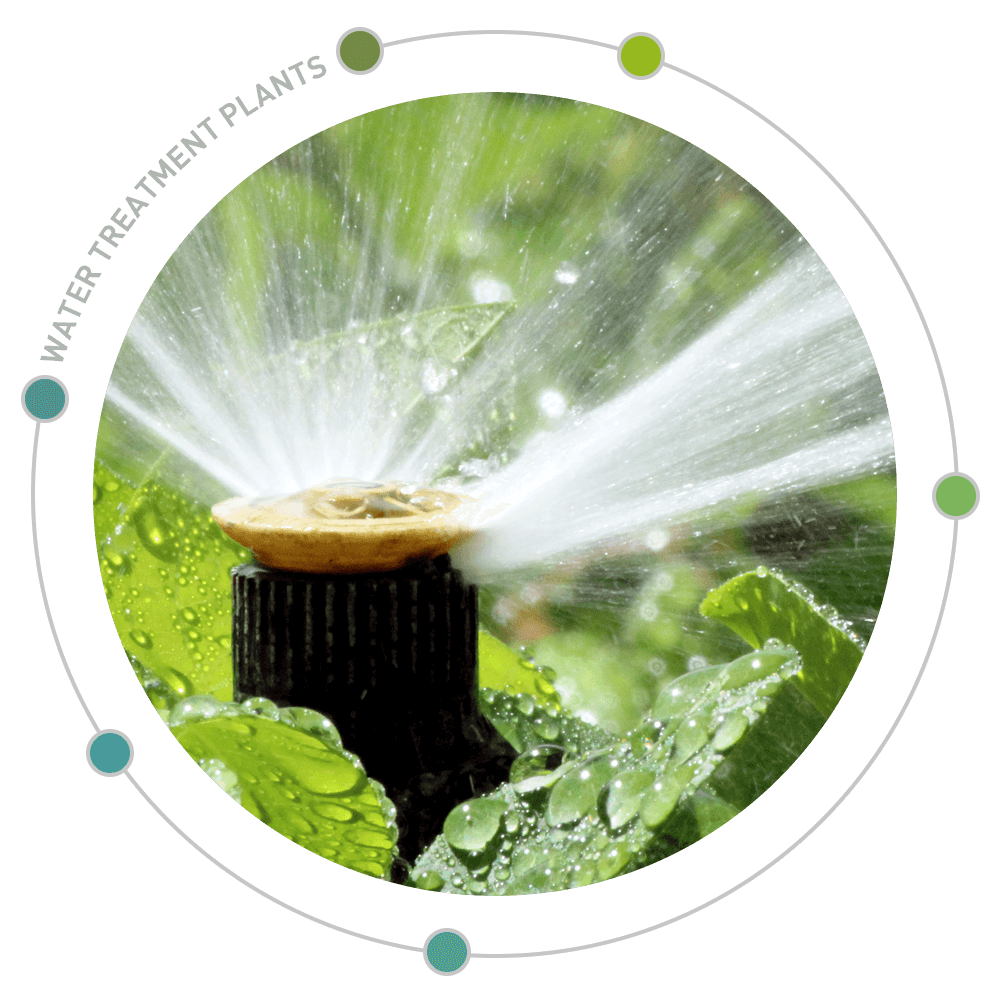FACTS
Treatment plants are available in a range of sizes from 1.1 to 10kL per day. For the treatment of domestic waste water we propose a low energy biological treatment process. The treatment plant comprises existing solids interceptor, flow
balancing and one multi-media biological (SOG) filter. Treated effluent can be re-used in a sustainable manner. The treatment process we favour is briefly described below.
ATTRIBUTES
- Waste water is collected at a solids separation tank. Overflow from this tank is directed to a suitably located flow balancing tank and pump sump arrangement. Solids free effluent is pumped to the SOG trickling filter, comprising 6
– 27 modules depending on plant design flow rate stacked SOG crates.
- Organic treatment of the solids free waste water takes place in a mixed media biological filter. Waste water is sprayed above the media.
- The waste water percolates through the media. The total passage time is approximately 48 hours.
- A trickling filter ensures that solids are pumped back to the septic tank, allowing the drainage of clear disinfected liquid, suitable for irrigation use.
- The mixed media hosts a range of organisms including bacteria, fungi and worms.
- The treated water is collected in a sump for re-use. A pressure pump is supplied to discharge the treated water for irrigation purposes.



